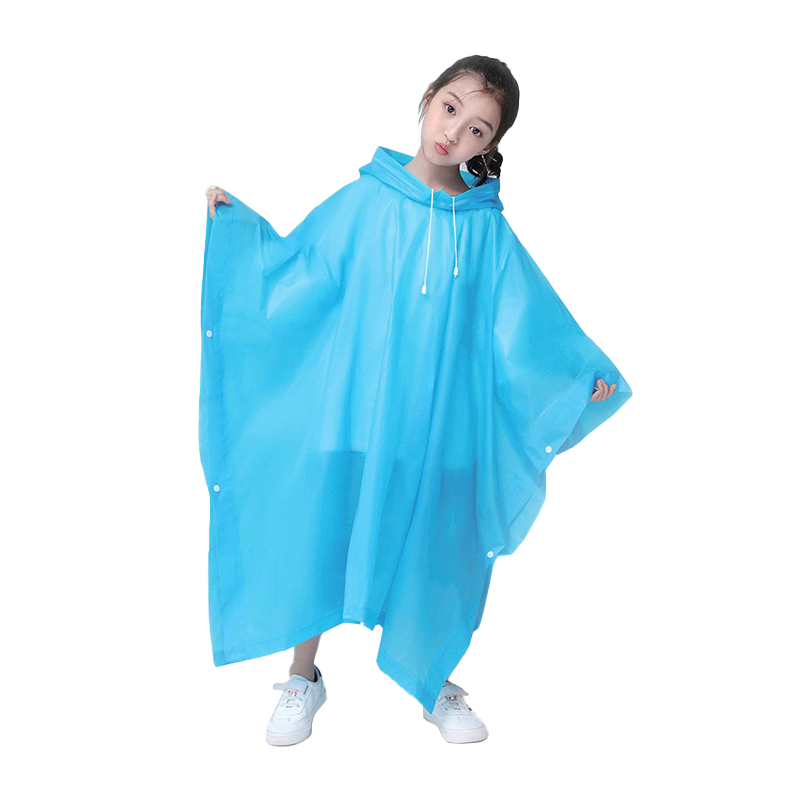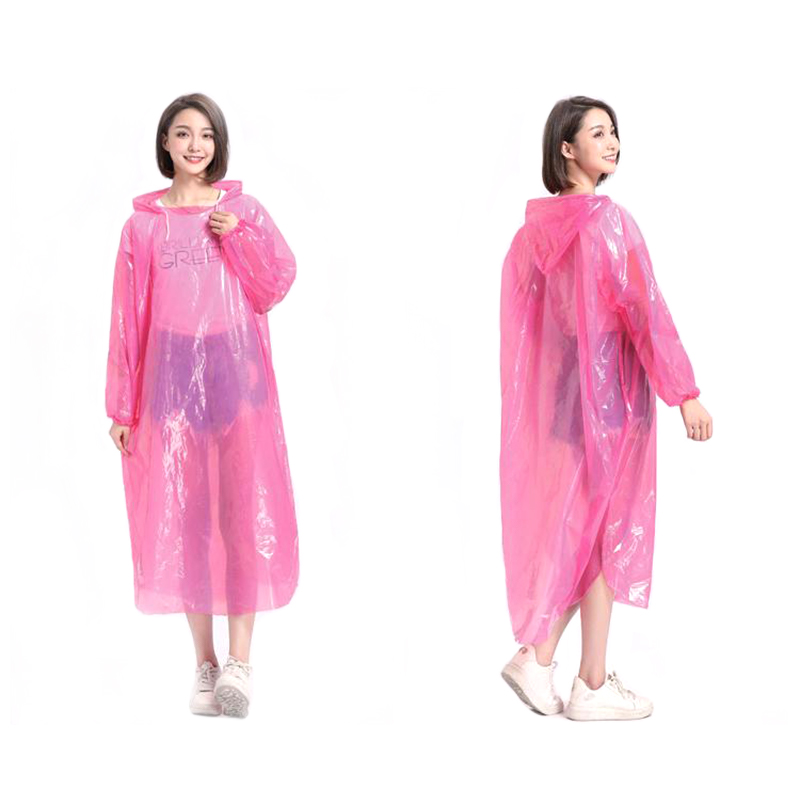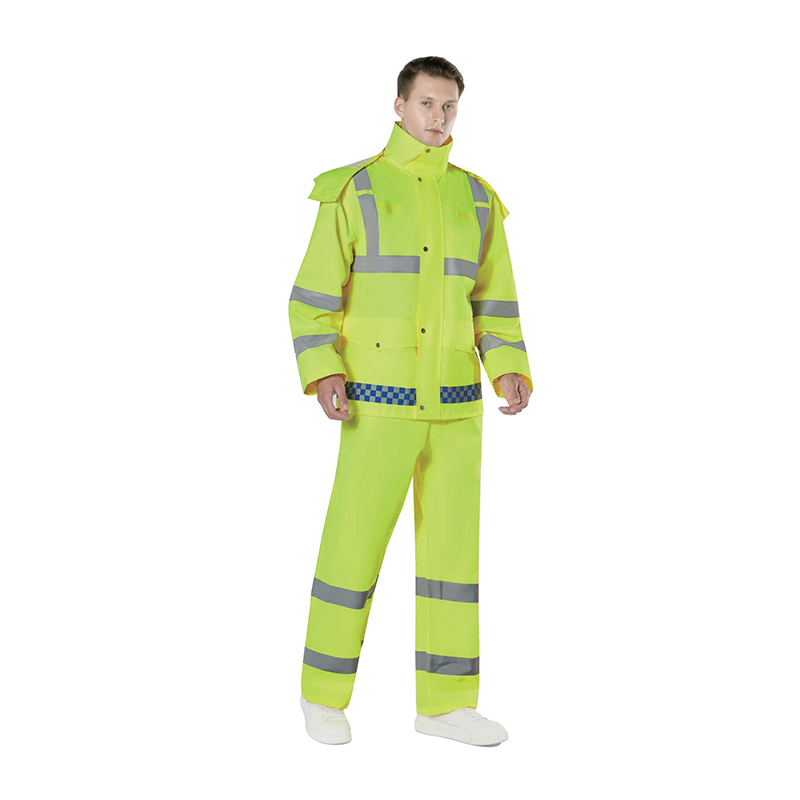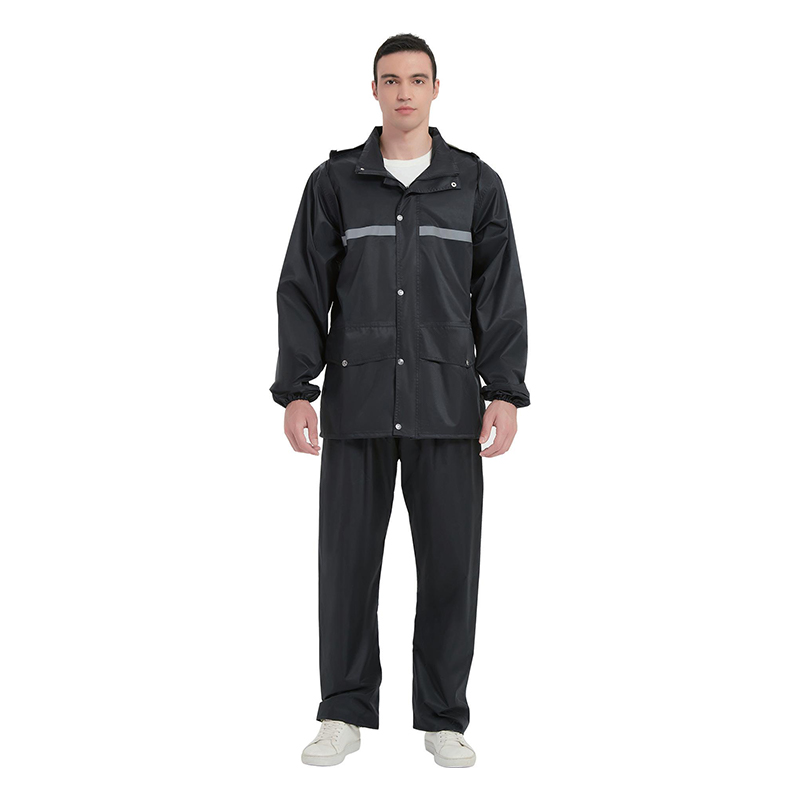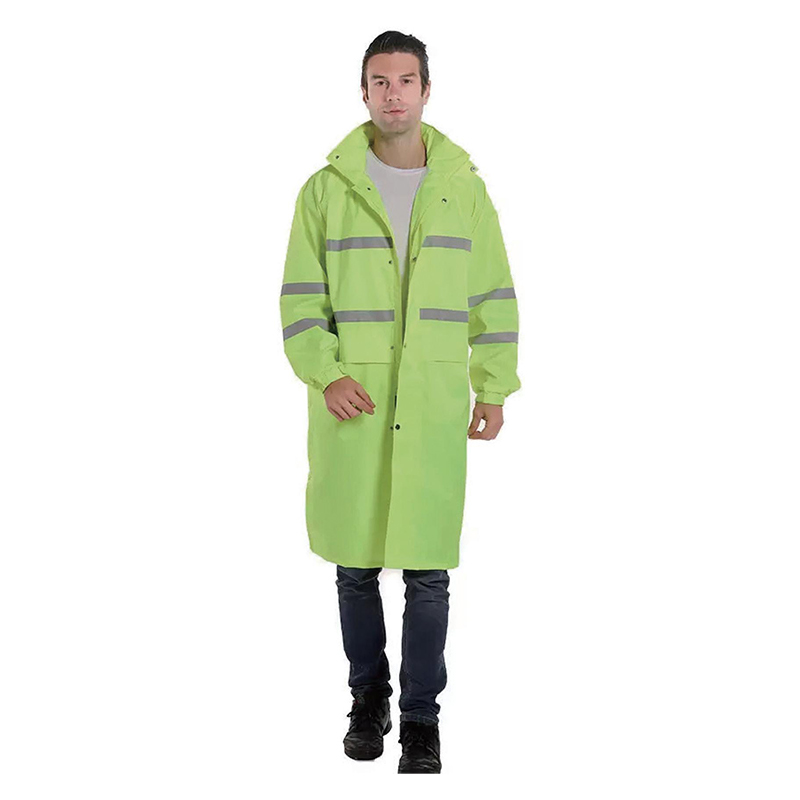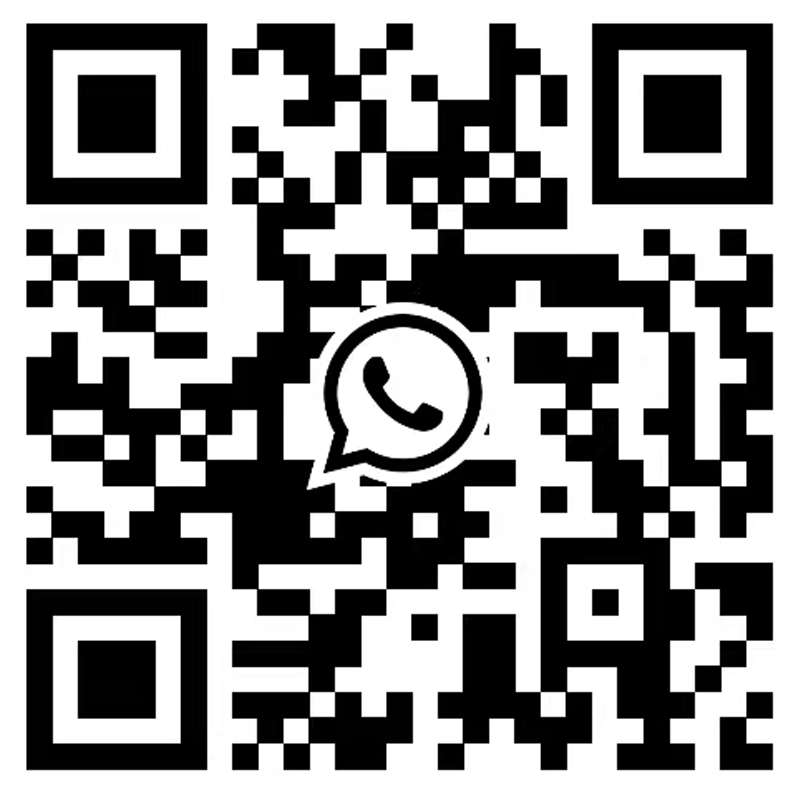As the awareness of work safety continues to increase globally, industrial safety vests are evolving from traditional protective equipment to important equipment that improves on-site visibility, ensures life safety, and promotes intelligent management. From construction sites to logistics warehousing, from municipal construction to manufacturing workshops, all industries are strengthening their reliance on high-visibility protective equipment. Among them, construction sites, as a typical representative of high-risk working environments, have become the core battlefield for promoting the development of safety vest technology and the implementation of systems.
Construction Site: The Core Battlefield of High-Visibility Protection
Construction sites have always been high-incidence areas for accidents. Factors such as high-altitude operations, heavy equipment operation, and cross-operation in complex environments have made the protection requirements for operators extremely high. As a direct and basic individual safety identification tool, industrial safety vests play a key role in the construction industry.
High-brightness color + reflective material: create a "visible everywhere" safety signal
The safety vests used in modern construction sites are mostly made of high-brightness fabrics such as fluorescent yellow and fluorescent orange, supplemented by high-reflective PVC or 3M reflective strips, which can be identified from a distance in strong sunlight, low light environment and even at night. This high-visibility design significantly reduces the risk of accidental collision and misoperation between people and mechanical equipment.
Regulations and standardization promotion: Wearing compliance is the bottom line of safety
National and local construction authorities have clearly stipulated that all personnel entering the construction site must wear reflective safety vests that meet national standards. More and more companies have included the "vest wearing compliance rate" into the safety inspection scoring, team evaluation, subcontracting unit management and other systems to form a closed loop of the system.
In addition, many projects also distribute vests of different colors according to the type of work, such as red for safety officers, green for technicians, and yellow for ordinary workers, which is convenient for rapid identification and emergency command.
Warehousing and logistics: visual identification and efficiency improvement
In the fast-paced logistics and warehousing environment, forklifts, automated handling equipment and manual operations are frequently intertwined, and the interaction between personnel and equipment is intensive, and the risks cannot be ignored. Safety vests play the role of "mobile identification tags" in such environments.
Colors distinguish job responsibilities: red for command and dispatch, blue for porters, and green for inspections to optimize work coordination;
Reflective performance ensures night shift safety: especially in sorting centers that operate 24 hours a day, night shift workers can be quickly located in dark areas through reflective vests, effectively reducing collision accidents;
Informatization supporting management: Some vests are equipped with RFID and barcode labels, which are connected to WMS (warehouse management system) to achieve automatic attendance and regional authority identification.
Municipal administration and transportation: Safety guardians of outdoor high-risk operations
In municipal operation scenarios such as road construction, greening maintenance, and traffic guidance, safety vests play a core role in "visibility protection".
Dealing with bad weather: In windy, snowy, rainy and foggy weather, high-reflective fabrics can increase the recognition distance by more than 10 times;
Improve public recognition: Different functional positions are identified through vests, which is convenient for citizens to cooperate and avoid;
Law enforcement auxiliary tools: Traffic police and traffic coordinators wear high-visibility vests with luminous armbands when on duty at night or in haze days to ensure personal safety.
Manufacturing workshop: Functional specialization promotes fine protection
Although the manufacturing workshop is an indoor environment, due to the special nature of high-intensity mechanical operation, chemical use, laser cutting and other processes, higher functional requirements are put forward for safety vests:
Antistatic and flame-retardant fabrics: used in electronic manufacturing, electrical assembly, and smelting industries;
Multi-functional tool bag design: convenient for technicians to carry instruments and hand tools;
Post customized printing/badges: enhance the clarity of on-site division of labor and responsibility identification.
